FORT LEAVENWORTH, Kan. (Sept. 16, 2010) -A,A A football helmet full of chocolate syrup, a squirrel named "Gary," and a mermaid were among the demands made by inmates holding a hostage Sept. 9 at the Joint Regional Correctional Facility.
The inmates, portrayed by corrections Soldiers for a training exercise, took a staff member hostage in the dining facility while they yelled demands to the corrections Soldiers outside the door.
Sgt. Kristi Bentley, Headquarters and Headquarters Company, JRCF, played the role of the "heavy" - the inmate who was in charge of demands. With more than seven years of experience working inside detention facilities in the Army, Bentley said it's not unusual for inmates to think of bizarre requests.
"Inmates can be ridiculous like that," she said. "They really don't have functioning thought processes sometimes, and can think up strange things."
Around the corner, dozens of corrections Soldiers prepared to overrun the hostage takers in the dining facility. They removed name patches, watches, car keys and anything else that could be left behind or used against them. Led by Soldiers in riot gear, they broke through the barricaded doors and slowly moved across the room. Inmates retaliated by throwing food containers, napkin holders, lunch trays and anything else that wasn't tied down. In the end, the group of Soldiers was able to free the hostage and regain control of the inmates.
Maj. Eric Marhover said this exercise was one of several HHC, JRCF, and 165th Military Police Company, 705th MPAca,!E+Internment and Resettlement Battalion,conducted to prepare for the opening of the new facility. About 170 Soldiers and 30 civilian personnel staff participated in the exercises, which tested evacuation procedures, tornado drills, and many other emergency action plans.
The $95 million prison is the first Department of Defense corrections facility built using Leadership in Energy and Environmental Design criteria. There are more than 400 one-inch plastic tubes in the new prison that will draw water from 290 feet below ground to regulate temperature. There are also motion sensor lights.
Col. Eric Belcher, commander of the Army Corrections Brigade, said both the U.S. Disciplinary Barracks and JRCF will continue to participate in the Army's hazardous waste disposal and environmental management programs.
The JRCF is one of several new buildings on west post near the USDB. A new brigade headquarters building, two new battalion headquarters buildings, nine company headquarters buildings and a facility to house tactical equipment have also been built.
The JRCF has a 464-bed capacity, with additional space in the special housing unit, which is segregated from the rest of the prison population.
Marhover said inmates would be housed in the SHU for a variety of reasons. The SHU can be used as a pretrial facility, which means it could be used for Soldiers not convicted of a crime. Marhover said that if a judge deems someone who has been accused of a crime to be a flight risk, he or she could be detained in the facility prior to trial.
"We want to segregate those individuals because they haven't been convicted of a crime," he said.
Marhover said the JRCF could accommodate women on a temporary basis for pretrial confinement. The USDB and JRCF are both designed to handle general populations of men.
The medium and minimum security inmates at the facility will be able to help clean and cook at the JRCF to a limited capacity, Marhover said, or even assist with maintenance operations throughout post in the future.
In addition to using exercise for practice, Marhover said the Soldiers and staff would also have to meet guidelines set forth by the American Correctional Association.
The new prison fulfills a decision by the Base Realignment and Closure Commission in 2005 to close three other facilities at Fort Knox, Ky., Fort Sill, Okla., and Lackland Air Force Base, Texas. Marhover said the first group of inmates is expected to arrive from Fort Sill in October.
Sgt. 1st Class Daniel Hickey, HHC, JRCF, said he was pleased with the Soldiers' first practice of a hostage situation.
"They did great, considering a lot of them have never done it before," he said. "We assembled in 20 minutes."
Hickey said in a real hostage situation, the team would wait for a commander's decision before attempting to overrun inmates. They also have a Special Reaction Team available in case the inmates were armed or the situation became more violent.
Hickey said many of the Soldiers in his company are newly arrived at Fort Leavenworth.
"Ninety percent of these people are brand new privates," he said. "This is their first time working in a jail. For some of them, this is their first assignment as MPs."
Belcher said there are many young Soldiers just out of training who have recently become part of the brigade. Most are living in the Single Soldier Quarters.
"We'll all have to work together to make sure that we watch out for, and change our mindset a little bit as we take care of our Soldiers ... because it's different to take care of Soldiers right out of high school than it is majors who have been around for 10 or 12 years," he said.
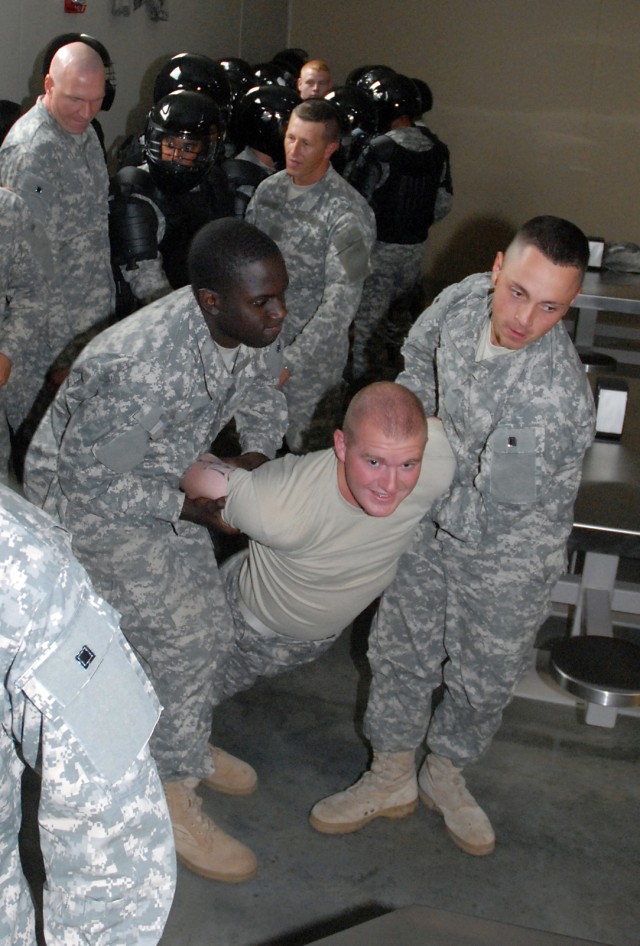
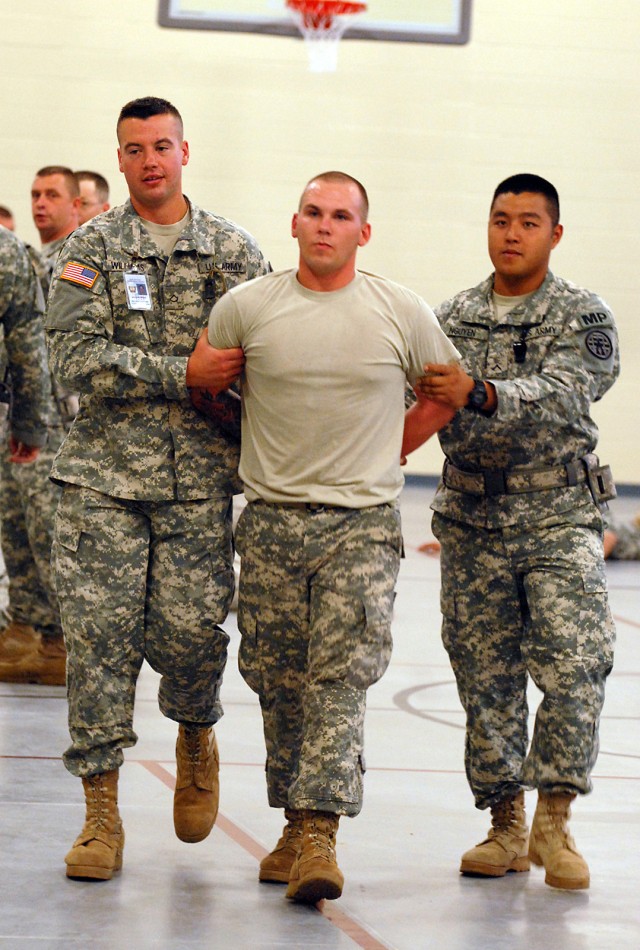
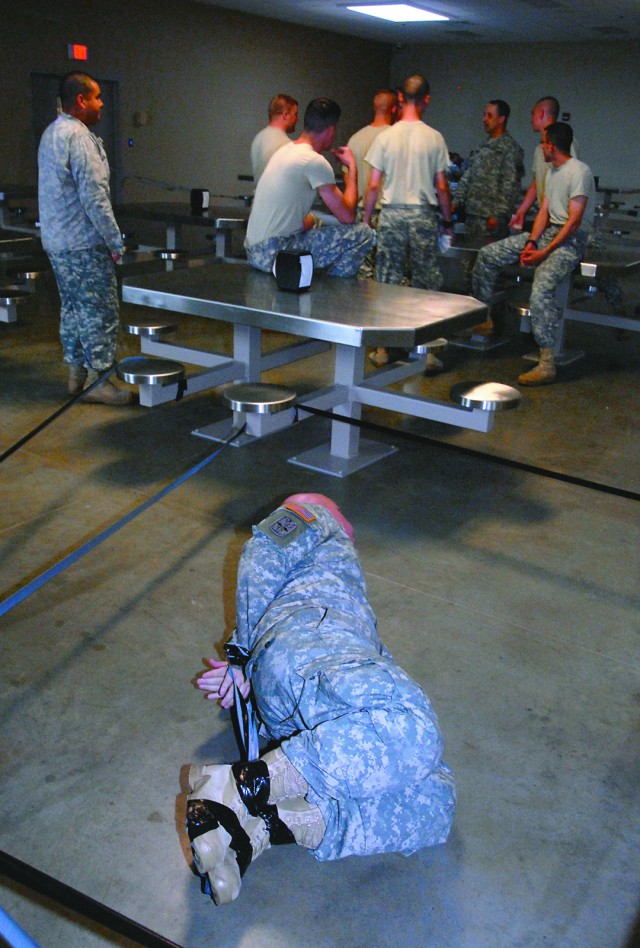
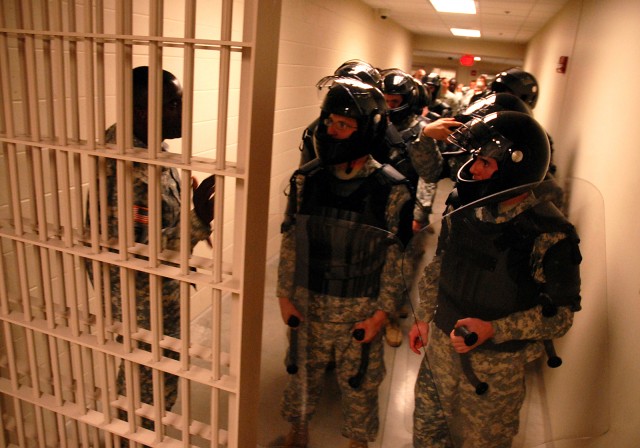
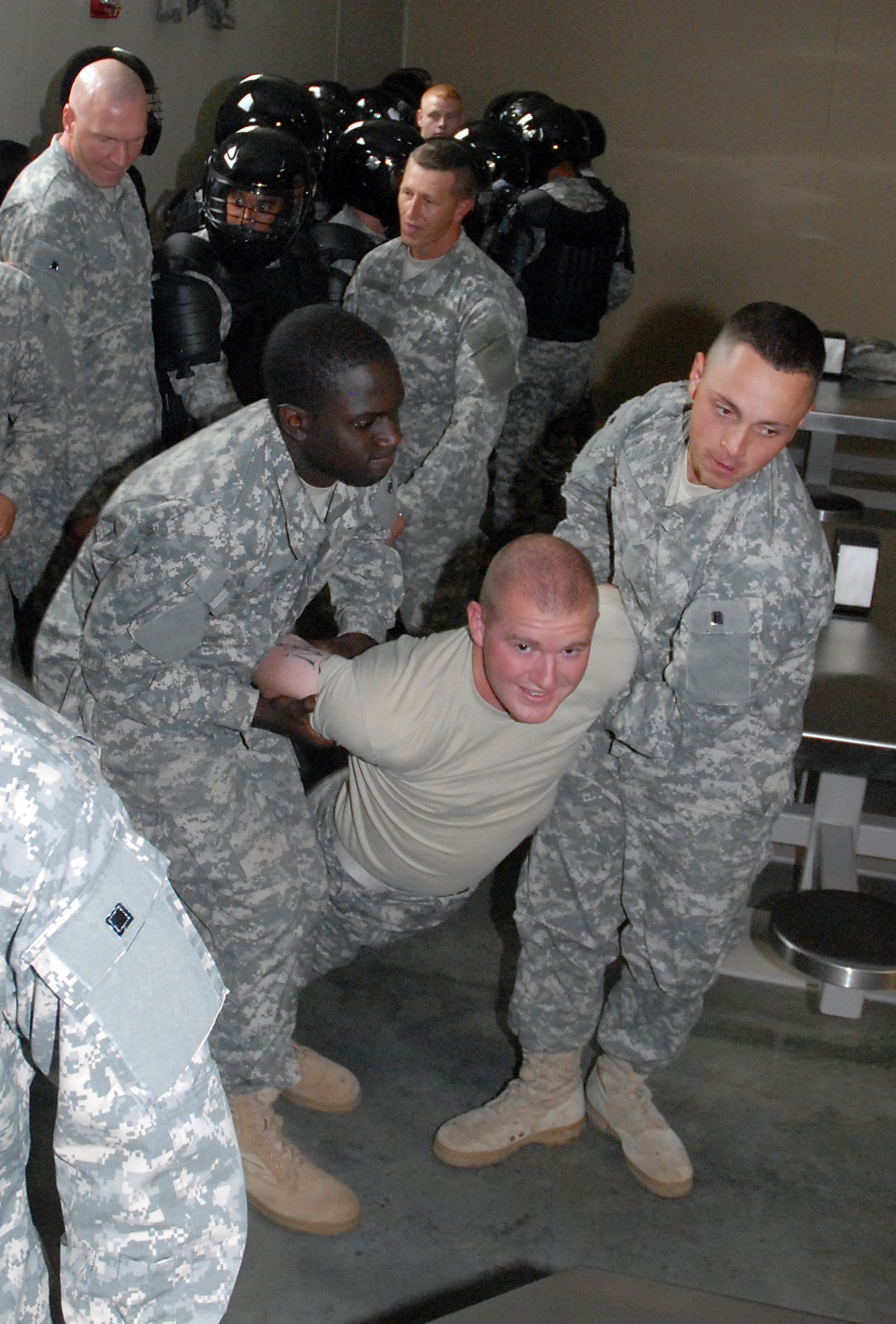
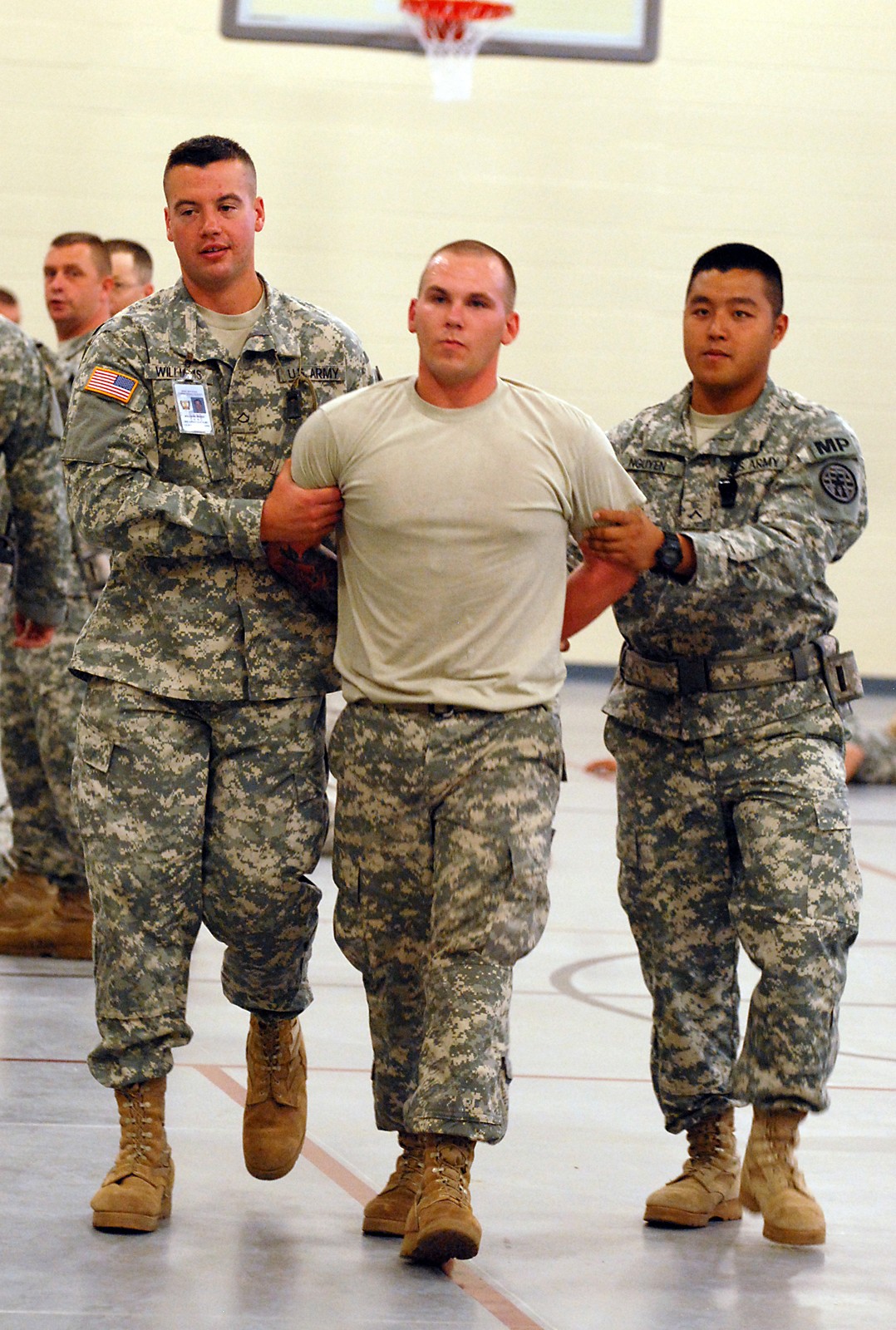
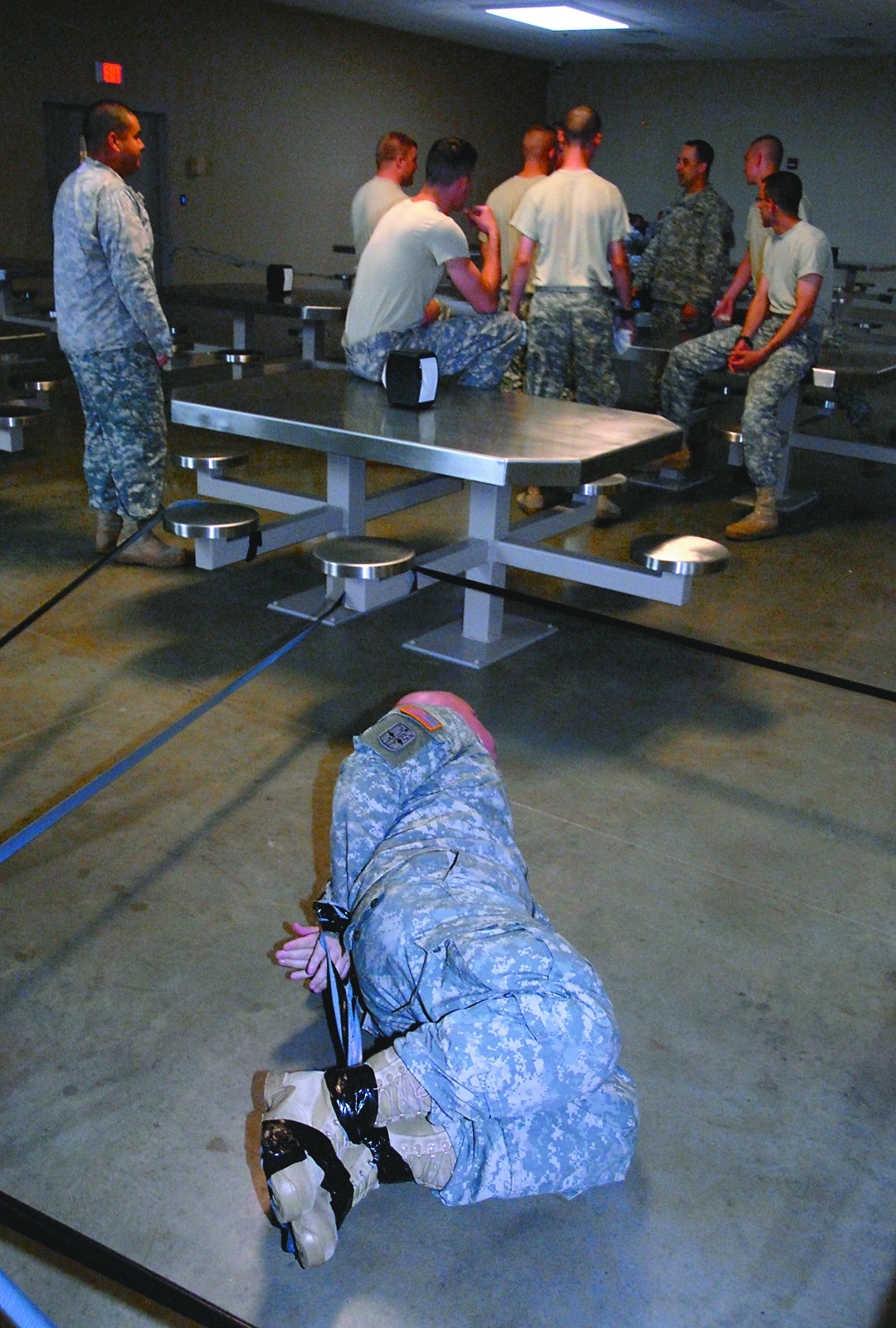
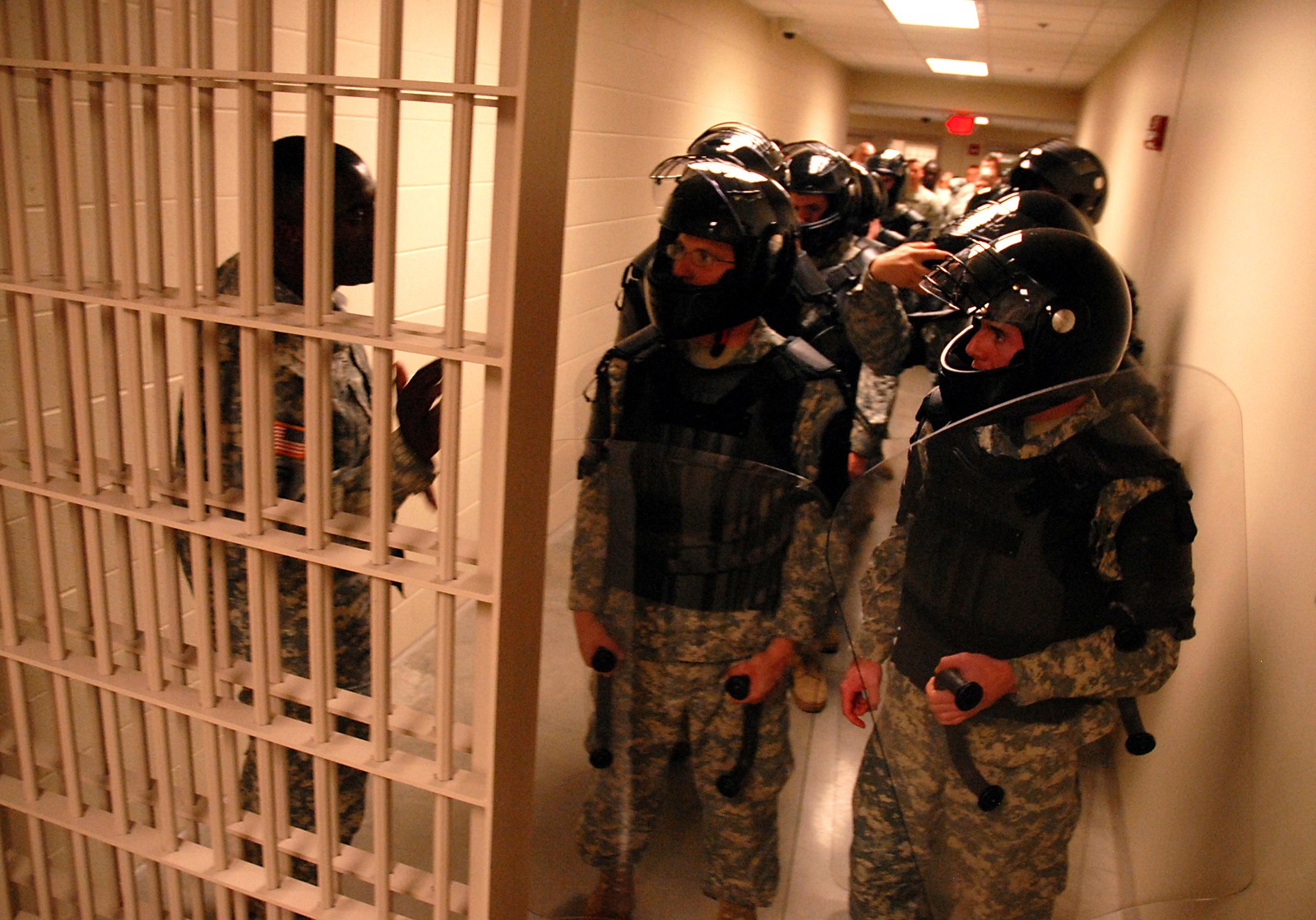
Social Sharing